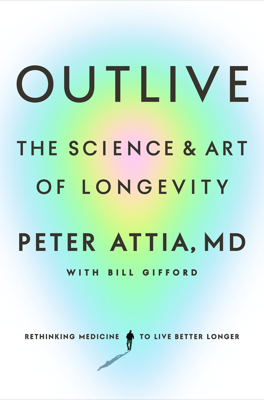Putting Nutritional Biochemistry into Practice: How to Find the Right Eating Pattern for You
How to Find the Right Eating Pattern for You
Peter Attia discusses the challenges in maintaining effective dietary habits, particularly in escaping the Standard American Diet (SAD), which is often high in processed foods and refined sugars. He emphasizes that mere adherence to a "diet," like veganism, doesn't guarantee nutritional balance if the diet consists of low-quality foods.
Strategies for Dietary Improvement
Three main strategies to reduce caloric intake are:
- Caloric Restriction (CR): Reducing overall calorie intake without specifying the type of food or timing. Though effective, it requires meticulous tracking and discipline.
- Dietary Restriction (DR): Reducing or eliminating specific food types, like carbs or sugars, which can be simpler but still risks overeating other food types.
- Time Restriction (TR) or Intermittent Fasting: Eating within set time windows, which simplifies dieting but can lead to protein deficiency if not managed properly.
Continuous Glucose Monitoring (CGM) and Its Implications
CGM is a tool that helps in real-time monitoring of glucose levels, providing insights into how dietary choices affect blood sugar levels. It helps users understand their unique carbohydrate tolerance and enables personalized diet adjustments to minimize glucose spikes and improve metabolic health.
Dietary Fat: Types and Balancing
Attia explains the roles and types of dietary fats, encouraging a balanced intake of monounsaturated fatty acids (MUFA), polyunsaturated fatty acids (PUFA), and saturated fatty acids (SFA). He recommends optimizing fat consumption based on individual responses, monitored through lipid panels and inflammation markers.
Protein: Importance and Dietary Needs
Stressing the importance of adequate protein intake, Attia criticizes the low standard recommendations. He suggests that most adults benefit from significantly higher intake than recommended, emphasizing protein's role in maintaining muscle mass, especially in older adults.
The Argument for and Pitfalls of Fasting
While acknowledging the metabolic benefits of fasting, like enhanced autophagy and reduced insulin levels, Attia warns of potential downsides such as muscle loss and decreased activity levels. He proposes that fasting should be used cautiously and tailored to individual metabolic health needs.
Conclusion and Personalized Nutritional Approaches
Attia concludes that while diet and nutrition are vital, they are not panaceas for all health issues. Effective nutritional plans should be sustainable, personalized, protect muscle mass, and adapt as one's health needs change. Lastly, he advocates for a balanced approach to fats, adequate protein intake, and careful use of fasting as part of a broader health strategy.
